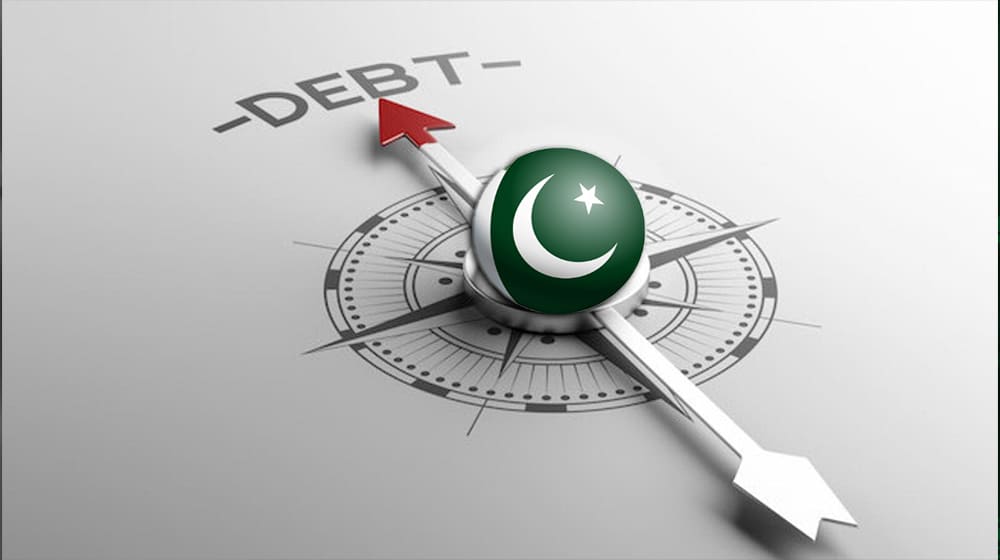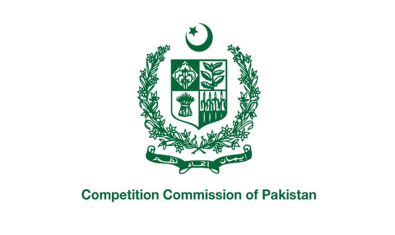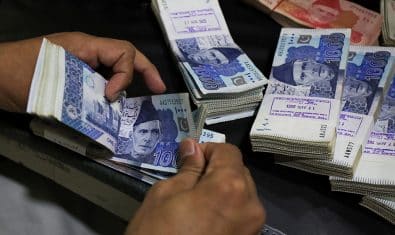The federal government’s debt burden is Rs. 14.5 trillion higher than the legal parliamentary limit, effectively breaching the Fiscal Responsibility and Debt Limitation Act.
Pakistan’s Debt to GDP ratio stood at 74.8 percent at the end of June 2023, higher than the legal limit of 57.5 percent of GDP. The Ministry of Finance (MoF) has exceeded this limit by over 17.3 percent of GDP, or Rs. 14.5 trillion, reported Express Tribune.
MoF’s Debt Policy Statement 2024 reveals that during fiscal year 2022-23, the government failed to implement the Medium-Term Debt Management Strategy. The Finance Division has left out data on public debt, analysis of external public debt inflows and outflows, currency movement, gross financing needs, and others.
Going Rs. 14.5 trillion above the limit to hit Rs. 62.9 trillion, the country hardly has any money after paying interest fees. According to the finance ministry, the government spent Rs. 4.22 trillion on debt servicing in the first half of FY24, exceeding the Centre’s net income of Rs. 4 trillion.
As mentioned earlier, the overall debt burden stood at Rs. 62.9 trillion at the end of June 2023. Domestic debt amounted to Rs. 38.8 trillion, while external debt stood at Rs. 24.1 trillion. Finance Ministry blames this on increased government borrowing to compensate for the rising fiscal deficit and PKR depreciation against the US Dollar.
External public debt was $84 billion as of end-June 2023. The finance ministry failed to secure the country’s debt sustainability by lowering currency, refinancing, and interest rate risks, according to the report. The proportion of external debt in overall public debt climbed from 37 percent in FY22 to 38 percent in FY23, which increased pressure on PKR while foreign countries were reluctant to lend.
According to the Debt Policy Statement, the average age of maturity of domestic loans has declined dramatically, from 3.5 years to 2 years and eight months, giving the country no choice but to rely on commercial banks waiting to take advantage of the situation.
Meanwhile, the average maturity period for external debt has grown marginally from six years and two months to six years and four months. The improvement was primarily attributable to things like new external inflows with a longer duration and the deleveraging of the external debt portfolio.
The fixed-rate debt decreased from 26 percent to 20.4 percent, raising interest rate risks near the minimum threshold of 20 percent.

Follow ProPakistani on Google News & scroll through your favourite content faster!
Support independent journalism
If you want to join us in our mission to share independent, global journalism to the world, we’d love to have you on our side. If you can, please support us on a monthly basis. It takes less than a minute to set up, and you can rest assured that you’re making a big impact every single month in support of open, independent journalism. Thank you.


























We have a deep-coconuted financial regime, where everybody under the ugly lead of SBP, Min of Commerce and Finance is serving the banks. 40% of public deposits are in current accounts and SBP buys it at 22%, then tells us that we have to pay huge interest on debt. We’ll that will happen, if SBP without any reason would raise interest rates from 7% to 22% in just 2 years and depreciate PKR from Rs 180 to Rs 280 during the same time. I wonder why the clowns in so called SIFC can’t see this
Get hold of SIFC before it runs away. Take them to task for showing rosy pictures to the people. Still one does not know how deep the rot has gone.